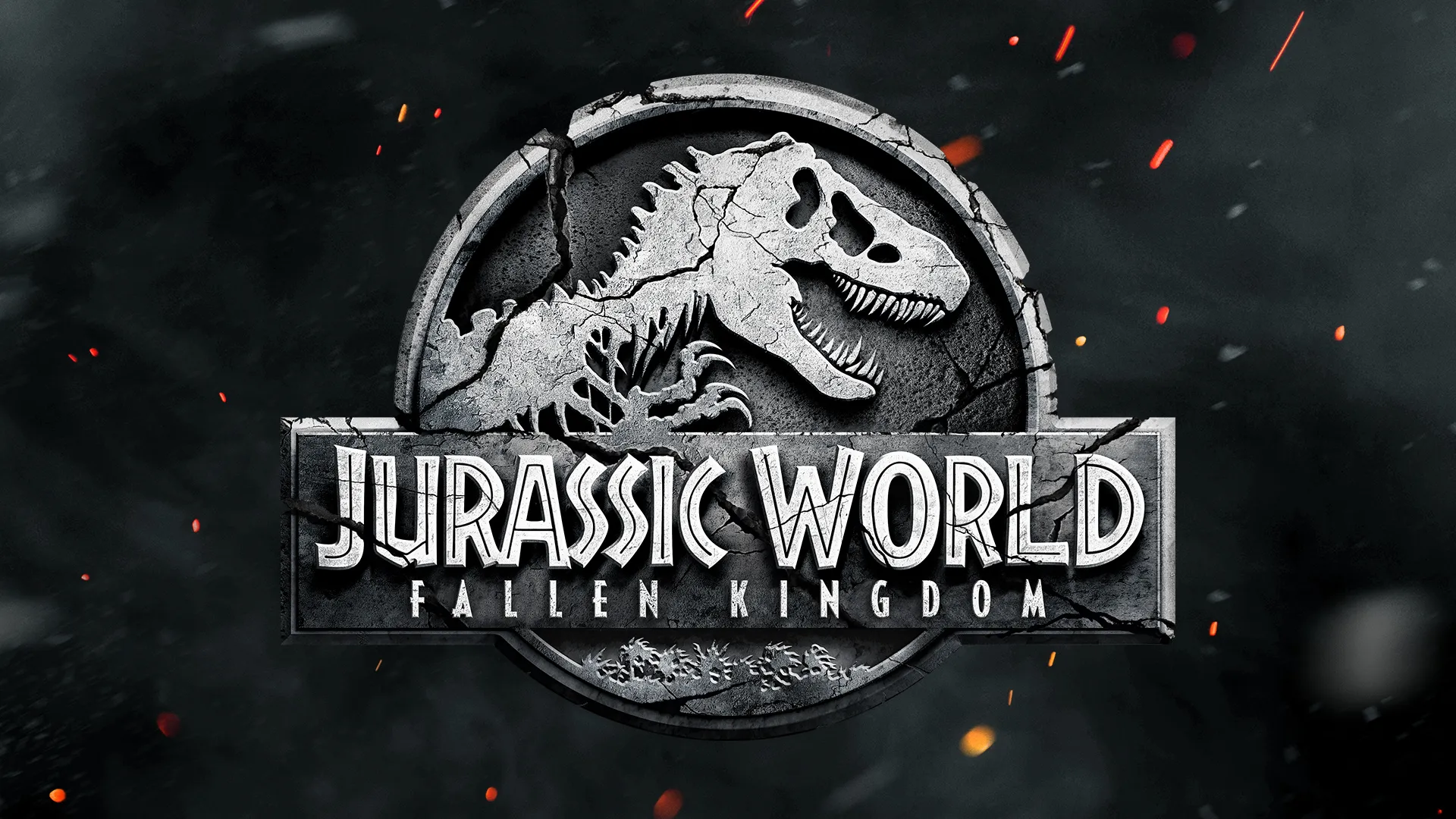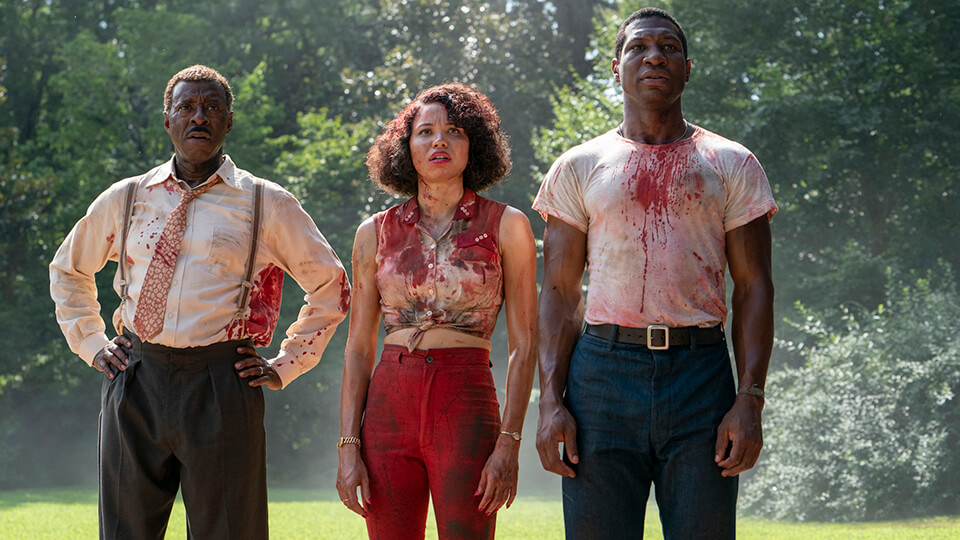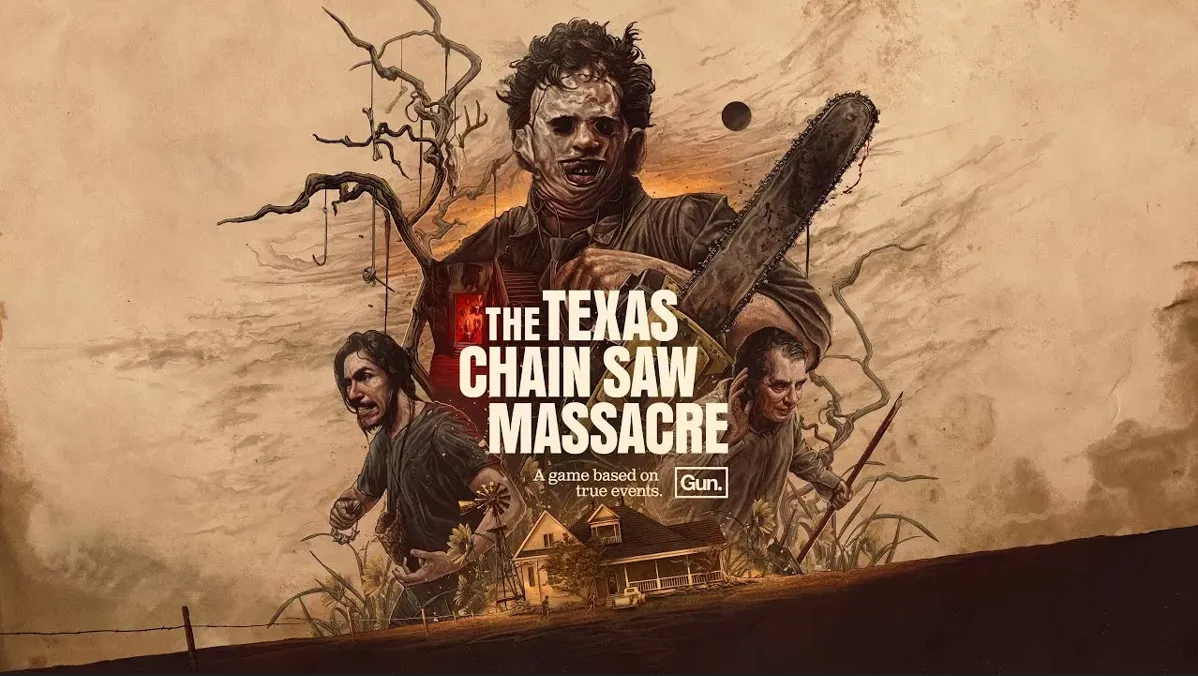Jean-Jacques Annaud’s Enemy at the Gates is not your typical World War II epic. Released in 2001, the film shifts focus from massive battlefield sequences to the claustrophobic tension between two men caught in a deadly cat-and-mouse game. Set during the Battle of Stalingrad, one of the most brutal and pivotal confrontations in the war, this movie transforms the war genre into a psychological thriller — and mostly succeeds.
At its core, Enemy at the Gates is a fictionalized account of a real Soviet sniper, Vassili Zaitsev, played with quiet intensity by Jude Law. Zaitsev, a shepherd turned national hero, becomes the Soviet Union’s secret weapon against the German invasion. After a series of successful kills, his reputation grows, inspiring hope among Russian troops and civilians alike. In response, the Nazis send their own sniper, Major Erwin König, portrayed by Ed Harris, to eliminate him.
What follows is a tense, cerebral duel between two men with rifles and nerves of steel — not a large-scale war movie with tanks and explosions, but a deadly chess match set in the ruins of a devastated city.
Jude Law brings a compelling stillness to the role of Vassili. He’s not a traditional war hero; he is uncertain, reserved, and haunted by the weight of expectation. Ed Harris, meanwhile, plays König with calculated menace — not evil, but precise and methodical, like a predator studying its prey. Their interactions, mostly indirect, are brimming with psychological tension.
The supporting cast adds depth to the story. Joseph Fiennes plays Danilov, a Soviet political officer who helps turn Vassili into a propaganda icon. His idealism slowly erodes as love and rivalry complicate his loyalty. Rachel Weisz gives a strong performance as Tania, a fierce fighter and Vassili’s love interest, though the romantic subplot occasionally feels forced and somewhat distracts from the otherwise sharp narrative.

Visually, the film is stunning in its portrayal of the devastated city. The crumbling buildings, snow-dusted rubble, and foggy alleyways create an immersive and oppressive atmosphere. Cinematographer Robert Fraisse captures both the scale of destruction and the intimacy of the sniper duels. The opening sequence — a harrowing landing across the Volga under fire — is especially gripping, setting the tone for the chaos and desperation that define the rest of the film.
James Horner’s score weaves melancholy strings with rising tension, complementing the visuals without overwhelming them. The soundtrack highlights the film’s somber tone, emphasizing that this is not a celebration of war but a meditation on its cost.

Despite its many strengths, Enemy at the Gates is not without missteps. The love triangle subplot feels underdeveloped, and at times the pacing slows to a crawl. The film also takes significant liberties with historical accuracy, which may irk viewers expecting a strict retelling of events. Still, the core story — a personal war within a greater one — remains engaging.

Enemy at the Gates is a rare war film that dares to be quiet, thoughtful, and psychologically driven. It avoids glorifying combat and instead shines a light on how individuals — and ideologies — use war to manipulate, survive, and sometimes even fall in love. While it doesn’t fire on all cylinders all the time, its unique perspective and gripping sniper face-off make it a memorable entry in the war movie genre.
Rating: 4/5



